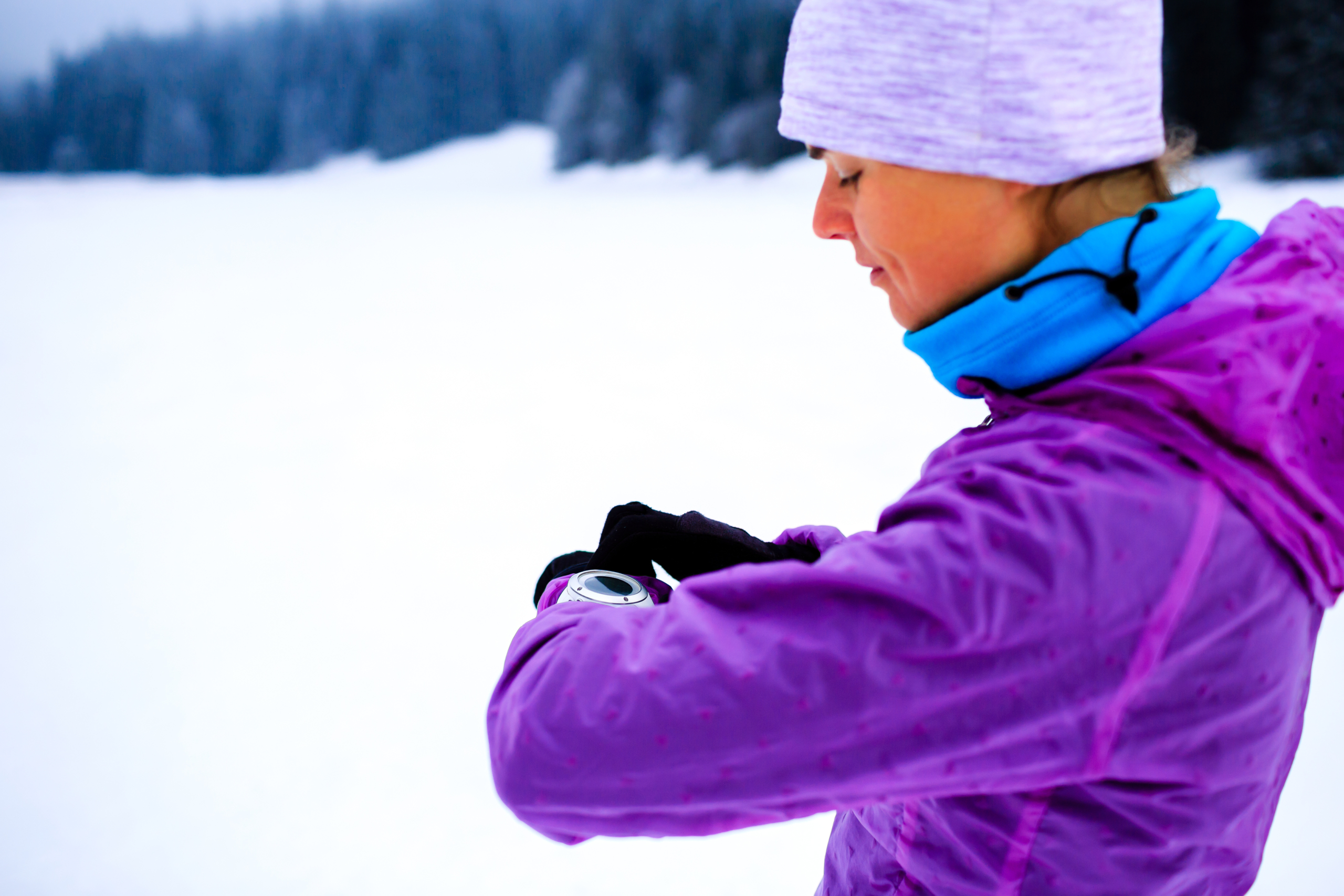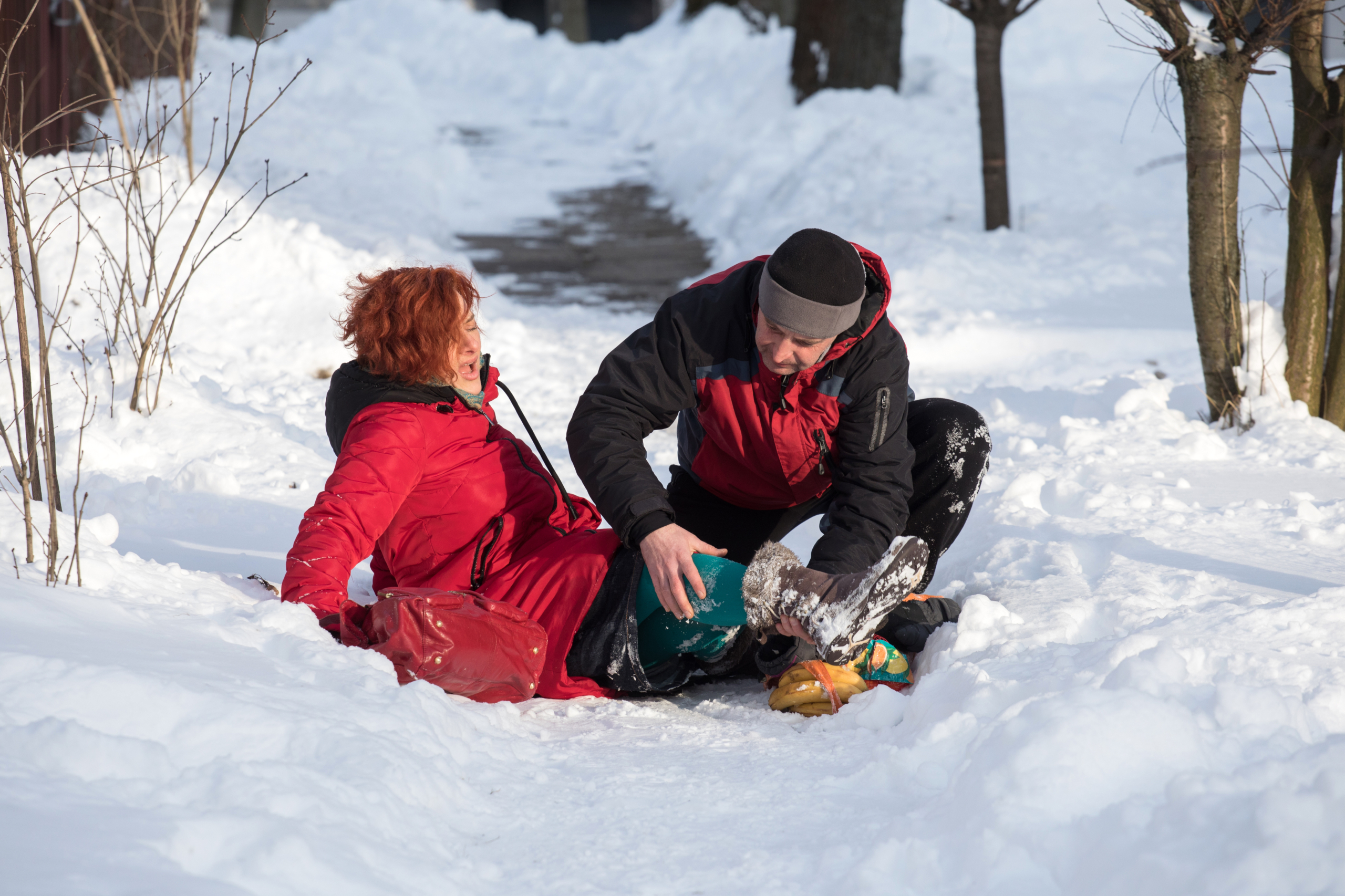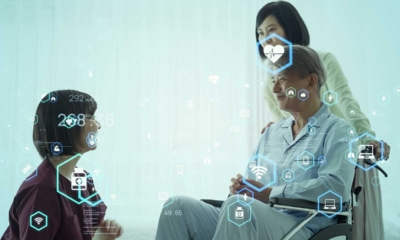
As the coldest months approach, learning more about how new technology can keep people safer in harsh conditions becomes more important and relevant. Thanks to the Internet of Things (IoT), wearable devices can potentially keep people safe and even warm from the adverse effects of winter, including extreme temperatures, storms, icy conditions, and more. Especially for people who work outside during the winter or travel long distances, wearable IoT devices and technology are an attractive and affordable safety solution for winter conditions.
Since 1979, more than 19,000 Americans have died from cold-related causes, including cardiovascular diseases, respiratory viruses1, hypothermia, and frostbite. As fitness trackers and smartwatches become smaller, more affordable, and more energy-efficient, they become viable options for continuously monitoring vitals, temperatures, locations, and other safety-related stats during winter.
How Wearables Keep People Safe in Winter
Wearables are designed to monitor movement, alert potential dangerous changing conditions, and track vitals like body temperature, heart rate, oxygen, and more. However, in the winter, they take on another role, monitoring external environments and conditions. Individuals become more prone to accidents, such as stepping on slippery ice or getting lost in a snowstorm. Wearables can offer life-saving features that notify care teams of your location. Wearables help keep people safer, and winter is no exception.
Smart Clothing
Temperatures can quickly drop in the winter, and these rapidly changing conditions can be dangerous, especially in storms. Your best defense against the cold outside is ensuring you’re wearing warm clothing, with some manufacturers taking it a step further with embedded temperature sensors in smart clothing that adapt to the weather.
Ministry of Supply is a Boston-based clothing company founded by three MIT students who created a smart heated jacket called the Mercury 2. The Mercury uses an internal and external thermometer and an accelerometer that measures temperature and movement. It then sends this information to heated pads that can warm the jacket up to 135ºF/57ºC – about the same temperature as a cup of coffee. It uses AI to detect a user’s preference, ensuring temperatures are always perfect, and connects to your Alexa so you can warm it up before you leave the house.
Location Tracking
One of the best uses of wearables for safety is through GPS and location tracking. It’s not uncommon to get stranded somewhere due to snow during winter, especially when skiing or snowboarding. With geolocation abilities, wearables can help you find your way back to civilization no matter where you are.
The Garmin fēnix® 7 is a smartwatch with loads of geolocation features, including access to multiple global navigation satellite systems such as GPS, GLONASS, and Galileo3. It supports downloading topographic and satellite maps directly on the watch, and with outstanding battery life, the fēnix® 7 is ready to get you out of a tough jam.

Safety communications
Many wearables, such as smartwatches, are making it easier than ever to call emergency services in the event of an accident. From fall detection to hypothermia scares, wearables with sensors and tracking ability can detect car accidents, falls, or other dangerous accidents. Thanks to slippery ice, falls are more common in winter and can be utilized to alert caregivers or emergency contacts in case you become incapacitated to make a call.
The Apple Watch, for example, calls emergency services if it detects you have fallen. If you become immobile after a fall, the Apple watch will detect inactivity after a minute and start to vibrate on your wrist to get your attention while sounding off a siren to get the attention of anyone nearby. After another minute, it will alert emergency services and emergency contacts to your location so you can get the care you need.
Limitations of Winter Wearables
Like other types of wearable fitness trackers, winter wearables have limitations when it comes to accuracy, affordability, and battery life. Wearable sensors might become dislodged during extreme activity, limiting their accuracy and effectiveness. Data might not be 100% accurate, and high costs can be a barrier for some. There are also concerns about privacy and security regarding storing personal health information. Regardless of these limitations, manufacturers are developing smarter and more capable devices that fit any budget, are more accurate, and protect the user’s data.
The Future of Safer Winters with Wearables
The global wearables market is projected to hit $142 billion by 20305, and over 30% of Americans are currently using endpoint intelligence like health trackers6. As adoption increases, the technology and enhancement of wearables can become more specialized with artificial intelligence to focus specifically on winter conditions. This might include enhanced location tracking, easier ways to contact emergency services, or more temperature alerts for chronically ill individuals.
Mental health also takes a hit in winter, thanks to fewer hours of sunlight, more time indoors, and a drop in serotonin levels. In the future, wearables with augmented reality and virtual reality enhancements could provide immersive, sun-filled experiences that may increase serotonin levels.
How Ambiq Contributes
Battery-powered IoT devices fueled with an energy-efficient System On Chip (SOC) like the ones from Ambiq help smart devices become winter-ready with power-efficient processing solutions that perform complex inferencing while sipping power. Wearables can operate on a single charge for days, weeks, and even months, ensuring the health tracker is on stand-by during icy, snowy, or freezing winter temperatures. In the event of a life-saving emergency, you can count on an Ambiq-powered device.
Sources:
1 Climate Change Indicators: Cold-Related Deaths | 2021
2 Ministry of Supply’s new jacket can heat itself and listens to your voice commands | February 23, 2018
3 Garmin fēnix® 7 – Standard Edition | Multisport GPS Smartwatch | 2023
4 Use Fall Detection with Apple Watch – Apple Support | 2023
5 Wearable Technology Market Size, Share, Analysis, Trends, Growth Report, 2030 | October 4, 2023
6 Study reveals wearable device trends among U.S. adults | June 15, 2023


